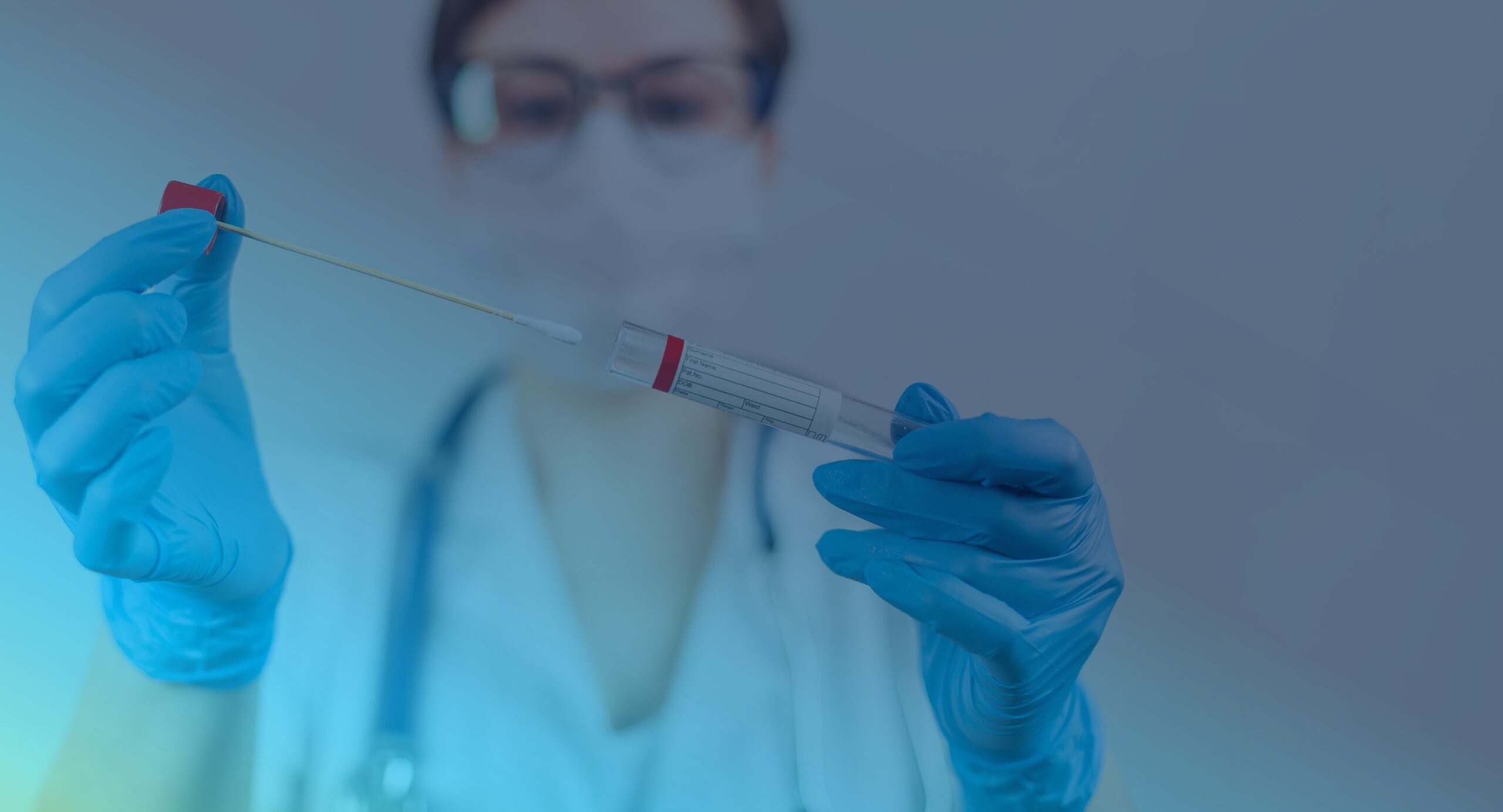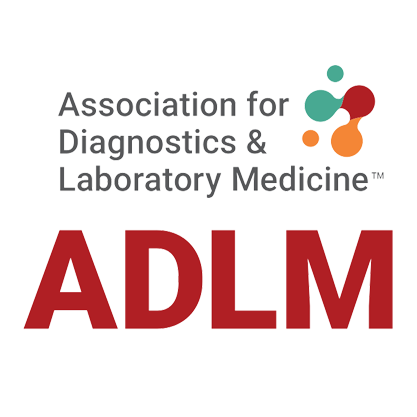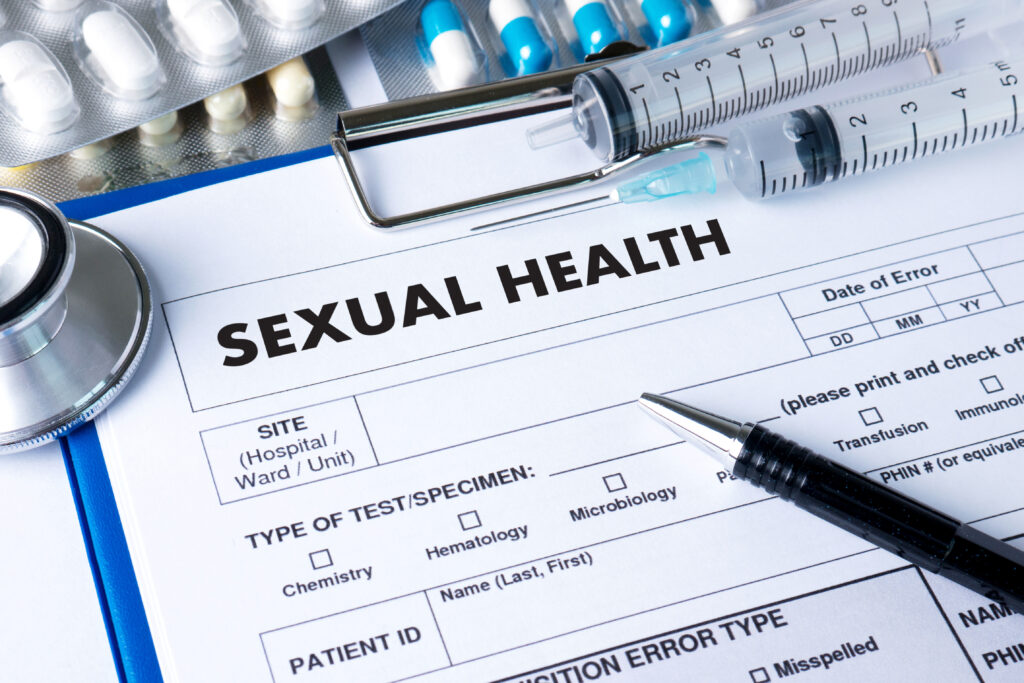The flu season is well and truly upon us, but is it Influenza, RSV or Covid? And does it matter?
The ‘tripledemic’ season of Influenza, COVID-19, and RSV viruses
Influenza A/B, COVID-19 with its variants and respiratory syncytial virus (RSV) are the three largest contenders responsible for respiratory infections globally. The European Centre of Disease prevention and Control and the Pan American Health Organisation have reported unusual infection spikes this year, collectively calling it a ‘triple threat’, and providing a worldwide picture of increased infections.
Global numbers for annual mortality associated with respiratory infections stands at up to 650,000 for influenza and 80,000 for RSV. The relative newness of SARS-COV-2 and its fatalities mean its numbers cannot yet be directly used in comparisons here, needless to say cumulative deaths from COVID-19 are over 6 million and continue to be recorded in great detail. Infections themselves number in the tens to hundreds of millions, some sources even estimate flu infections reach a billion cases annually, leading to between 300,000 and 800,000 hospitalizations in the U.S. alone each year. Australia’s increased flu infections this year have been an important prediction for the Northern Hemisphere flu season to be ready, and that prediction is unfortunately proving accurate.
Influenza, Covid and RSV symptoms are very similar- Is there a need to define which respiratory disease you have?

Influenza, SARS-COV-2, and RSV have incredibly similar symptoms and without medical intervention, the same treatment – namely rest, fluids and over the counter relief medication. An average, healthy infected individual will suffer for a week or two, but otherwise make a full recovery. People suffering moderate to severe symptoms tend to self-impose an element of isolation from others, with awareness of the effectiveness of this as a prevention highlighted in the recent SARS-COV-2 pandemic. Problems arise when the young, old, or immunologically challenged are infected and need medical assistance in their recovery.
Vaccines and antiviral treatments however vary, and there is an increased interest in being able to identify which virus is responsible for specific infections. A test is the only way to be certain of which antiviral medication should be administered as soon as possible after infection.
Table source: CDC, Mayo Clinic
Combined tests offer streamlined workflow for doctors allowing viral specific diagnosis in a single test
Calls for simple, low cost, differential diagnosis combination tests for the three viruses discussed here are growing. Quantitative reverse transcriptase polymerase chain reaction (qRT-PCR) or rapid lateral flow tests (LFT) that combine more than one pathogen identifier would enable the testing process to be streamlined, allowing for multiple test results from a single sample. Patient sample collection from one nasopharyngeal or mid-turbinate swab would decrease patient discomfort but also provide a financial saving and optimise clinician’s time.
Different types of combination tests available
Real-time quantitative reverse transcription PCR (rRT-PCR) testing that combines Flu A and B with COVID, is used by the Centres for Disease Control and Prevention to track disease trends. Other clinical combination testing that includes RSV is available for general diagnostic use, are FDA approved and encourage home sample collection. Further available tests, have Emergency Use Authorisation (EUA) from the FDA, but with time and increased demand we may well find more of these tests being approved. Globally companies were swift to produce combination tests for these viral respiratory diseases using TEM-PCR technology. CE-IVD marked RT-PCR and multiplex rRT-PCR tests are already available in European countries and the Middle East.
Laboratory test results are generally available between 24 to 48 hours. As with all tests needing additional equipment for sample processing and analysis, transport and storage facilities have to be considered and can add outlying costs to testing.
A limited number of lateral flow tests combining the three viral components in one test have been developed, although results are available within a 10 minute window, there are separate sample requirements, meaning it may require more than one sample extraction. Other technologies for combination testing include microfluid immunofluorescence assays, combinations remain limited to two viral components. These provide quick results, within 12 minutes, using a specific reader.
Currently there is no reliable, over the counter, rapid lateral flow test that combines these three, allowing quick, cheap testing in a clinical setting or indeed a home test.
Logical Biological Products
At Logical Biological we supply nasopharyngeal/ oropharyngeal/ nasal SARS-CoV-2, Influenza A, Influenza B and RSV swabs available in UTM, Inactivating TM, saline or dry frozen. Negative swabs and COVID-19 / pre-COVID saliva are also available. Typically, our swabs are provided together with a Ct value measured from a ‘companion swab’ taken simultaneously. We also provide serum and plasma samples from individuals infected with SARS-CoV-2, Influenza A/ B, RSV, Streptococcus A, Adenovirus, Parainfluenza and other respiratory infectious diseases.

Table: Products available from Logical Biological
Want to hear more from Logical Biological?
Sign up to our newsletter to for the latest updates.
Subscribe Now

)




